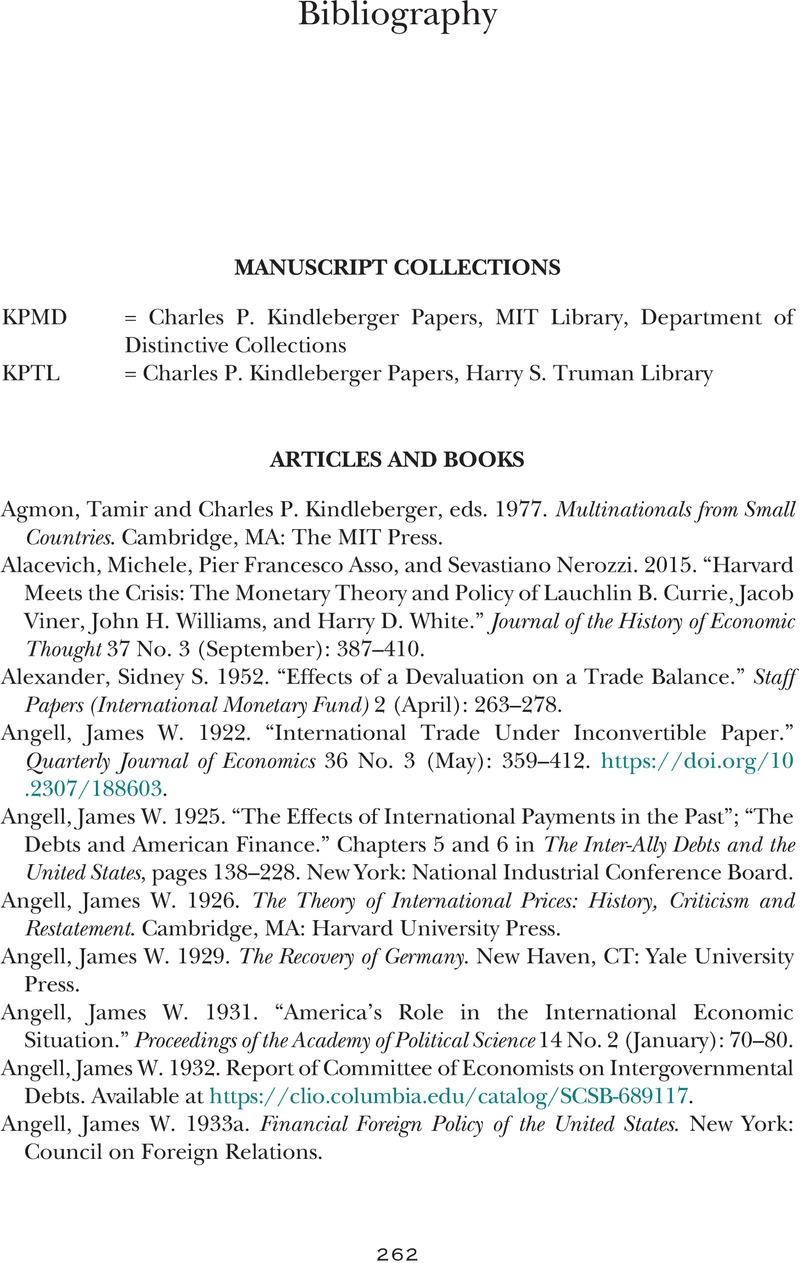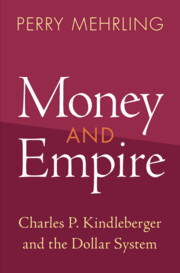Bibliography
Published online by Cambridge University Press: 11 June 2022
Summary

- Type
- Chapter
- Information
- Money and EmpireCharles P. Kindleberger and the Dollar System, pp. 262 - 278Publisher: Cambridge University PressPrint publication year: 2022

